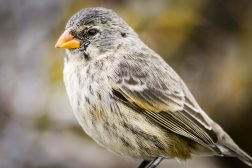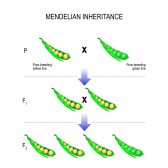Definition
noun
A biogeographic realm that covers the Antarctica
Supplement
Biogeographic realms are large spatial regions of the Earth’s land surface. Studying biogeographic realms leads to insight especially on biodiversity. It provides understanding on the extent of biodiversity and the factors that affect it. At present, there are about eight realms recognized by the World Wildlife Fund and they are divided according to their ecosystems sharing similar biological evolutionary history and distributional patterns of terrestrial organisms. The eight biogeographic realms are Nearctic realm, Palaearctic realm, Neotropical realm, Afrotropic realm, Indomalayan realm, Australasia realm, Oceanian realm, and Antarctic realm.
The Antarctic realm is the biogeographic realm that includes the ecosystems of Antarctica and certain island groups in the southern Atlantic and Indian Oceans. It has a land mass area of 0.3 million square kilometres. Because of the cold temperature, few floral species are able to persist and thrive. At present, it is the habitat of around 250 lichens, 100 mosses, ~30 livertworts, 700 algal species, and two flowering plant species (i.e. Antarctic hair grass and Antarctic pearlwort).1 As for fauna, animal species include the penguins, seals, and whales.
Four tundra ecological regions are in this realm: Marielandia Antarctic tundra, Maudlandia Antarctic desert, Scotia Sea Islands tundra, and Southern Indian Ocean Islands tundra.
See also:
Reference(s):
1 Antarctic realm. Retrieved from ://en.wikipedia.org/wiki/Antarctic-realm.







